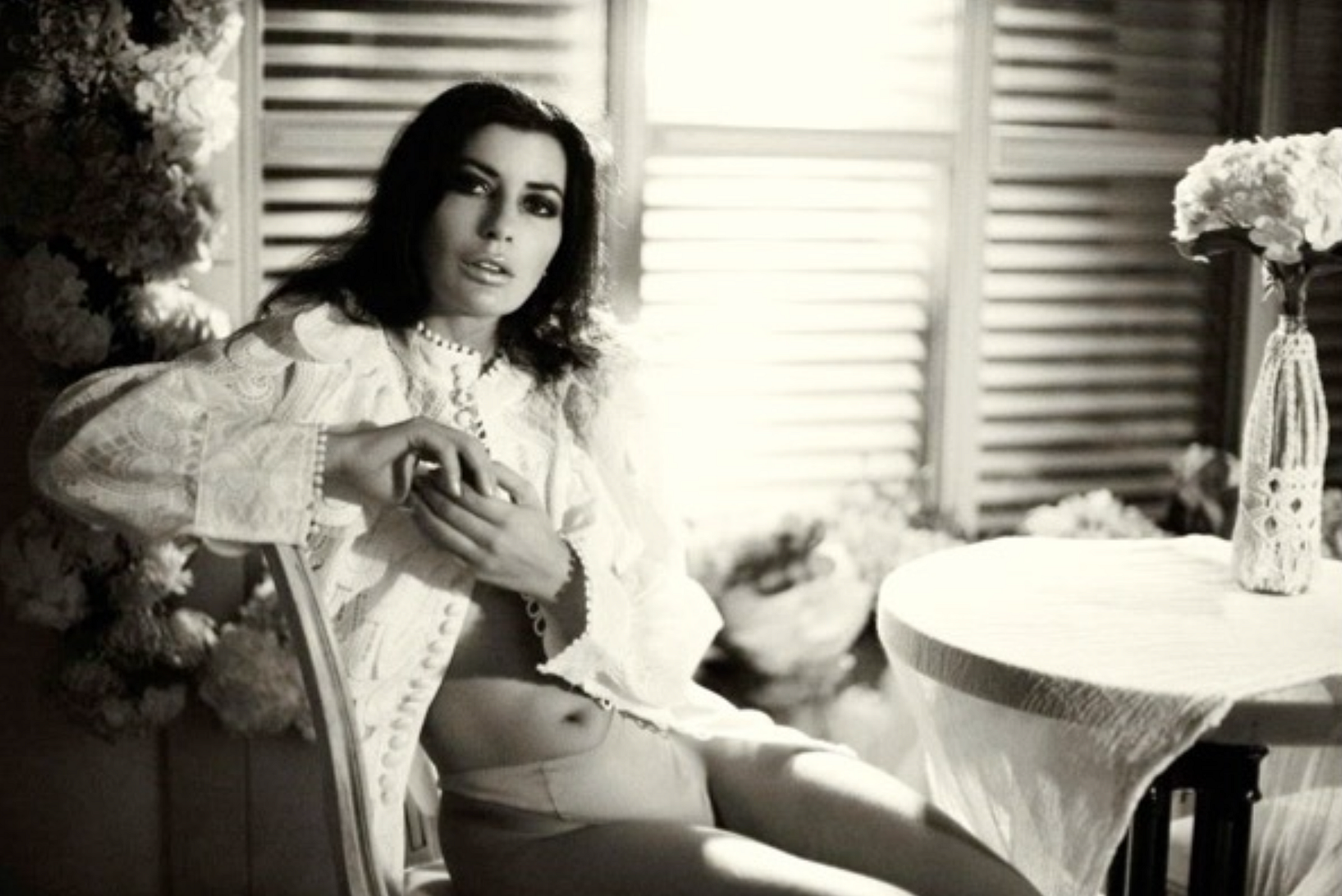
Film and television have depicted all manner of careers, lifestyles, religions… you name it. However, few roles have been as consistently pigeonholed as that of the sex worker.
Now, while it’s true that society’s views on sex work are evolving (there are more OnlyFans models than there are films these days), the film industry is still lagging. How so, you ask? Well, pick any film or show from the last 50 years, and 9 times out of 10, you’ll find that these characters are portrayed in limited, stereotyped roles.
With the release of the film Anora, which follows the journey of a sex worker entangled in a complex relationship, we decided to re-evaluate these portrayals: how far they have come, and where do they still fall short?
Hollywood Sees Sex Workers as Mere Victims
For decades, Hollywood has seen sex workers as tragic victims – either broken, helpless, or completely disposable. In most films and TV shows, they were often portrayed as mere background characters, often nameless, with their purpose rarely extending beyond serving as plot devices. These include the likes of The Godfather Part II… Total Recall… don’t even get us started on Game of Thrones!
Let’s talk a little about “American Psycho” (2000). You may remember two scenes involving sex workers – both of which involve sadistic violence inflicted upon them. In one of the scenes, a sex worker meets quite a gruesome end at the hands of Christian Bale’s Patrick Bateman, without any exploration of her personal narrative. Less character development, more chainsaw-dropped-on-her-head.
In many films, sex work is even framed as a last resort or a sign of moral decay. Take Requiem for a Dream (2000), for instance, where Jennifer Connelly’s character turns to sex work under the pressure of addiction, leading to a horrifying depiction of sexual exploitation. Yes, the portrayal was intended to show the negative effects of drug abuse, but it still paints sex work solely as a product of desperation and degradation, reinforcing a bleak and narrow view of the industry.
Through scenes like these, Hollywood pushes the idea that sex work is an inherently damaging choice, failing to recognise the self-determination of many real-world sex workers. This perspective is quite a one-dimensional one and dehumanises the women involved in this profession. Sure, these films are certified classics and will always have a special place in our hearts, but did their portrayals have to be so over the top? It’s not a good look for sex workers everywhere.
What About the Films That Focus on Sex Workers?
On the other side of the bed, Hollywood does sometimes attempt a more sympathetic portrayal of sex work but ends up romanticising the profession.
A prime example is Pretty Woman (1990), where Julia Roberts’ character, Vivian Ward, is ‘rescued’ from sex work by a wealthy businessman. This Cinderella-like story presents sex work as a temporary hardship, only to be alleviated by a ‘prince’ who whisks her away to a better life. While this narrative may seem somewhat kinder, it implies that fulfilment and happiness for a sex worker come from leaving the profession and finding financial security in a traditional relationship.
The relationship in Pretty Woman can even appear problematic upon closer inspection; Edward’s controlling nature toward Vivian would likely be unsettling in real life… especially for a sex worker. Yet, Pretty Woman remains one of the few films that attempt to portray a sex worker as someone with depth and personality, even if it adheres to a saviour narrative that some find troubling.
It’s not all bad though… far from it. Films like Tangerine (2015) and shows like Secret Diary of a Call Girl (2007) demonstrate a more realistic approach.
Directed by Sean Baker, Tangerine follows two transgender sex workers navigating life on the streets of Los Angeles. The film avoids romanticizing their profession or framing it as merely tragic. Instead, it highlights the struggles and humour of their lives, choosing to humanise their experiences in a way we would understand. By casting transgender actors who had experience with the realities depicted, Tangerine gives viewers a realistic portrayal never seen before in the media.
Similarly, Secret Diary of a Call Girl offers a more layered look at the life of a high-class escort in London, based on the memoirs of a real-life sex worker.
Played by Billie Piper, the protagonist Belle leads a life that balances work and personal pursuits, showing that her choice to be a sex worker is both calculated and autonomous. Now, back then, some critics did accuse the series of glamorising sex work, but were these remarks entirely fair?
This is what Anastasia, one of the real London escorts, had to say: “I love the show, and the fact that some people believe it’s unrealistic have no clue. We’ve only been exposed to the drug-fuelled, trafficked side of the industry, but I believe tha’s not accurate at all! There are plenty of middle-class, cultured, well-read women who take part in this job, like myself.”
And What About the Portrayals Today?
Now, if we look at some of the more recent films like The Menu (2022) and Anora (2024), we can see that sex workers have been portrayed not as victims, but as individuals with depth and complexity.
In The Menu, Anya Taylor-Joy’s character is revealed to be a sex worker, but the revelation doesn’t change how the audience perceives her, nor does it define her journey. Her role as a protagonist who outwits her antagonist, surviving against the odds, offers a rare example of a sex worker being portrayed as a capable, resourceful, and fully realised character without the need for trauma or redemption arcs.
Anora, directed by Sean Baker, chooses to showcase the humanity of its lead character, Ani, and the challenges and choices she faces. ‘Authentic’ is the best word used to describe this film, which had real individuals from the community involved. Doing so provided audiences with a glimpse into the lives of sex workers beyond the stereotypes, showing a little more respect for a profession often misunderstood.
So, What’s It Looking Like for the Future?
The portrayal of sex workers in film has come a long way over the years. Films and shows like Tangerine, Secret Diary of a Call Girl, The Menu, and Anora show that accurate portrayals are possible and, when done right, have the power to change perceptions of the women who choose this profession.
So, as we can see, things are looking up for sex workers and how they’re portrayed in film. Will the perceptions of them being victims eventually fade away? Only time will tell…





